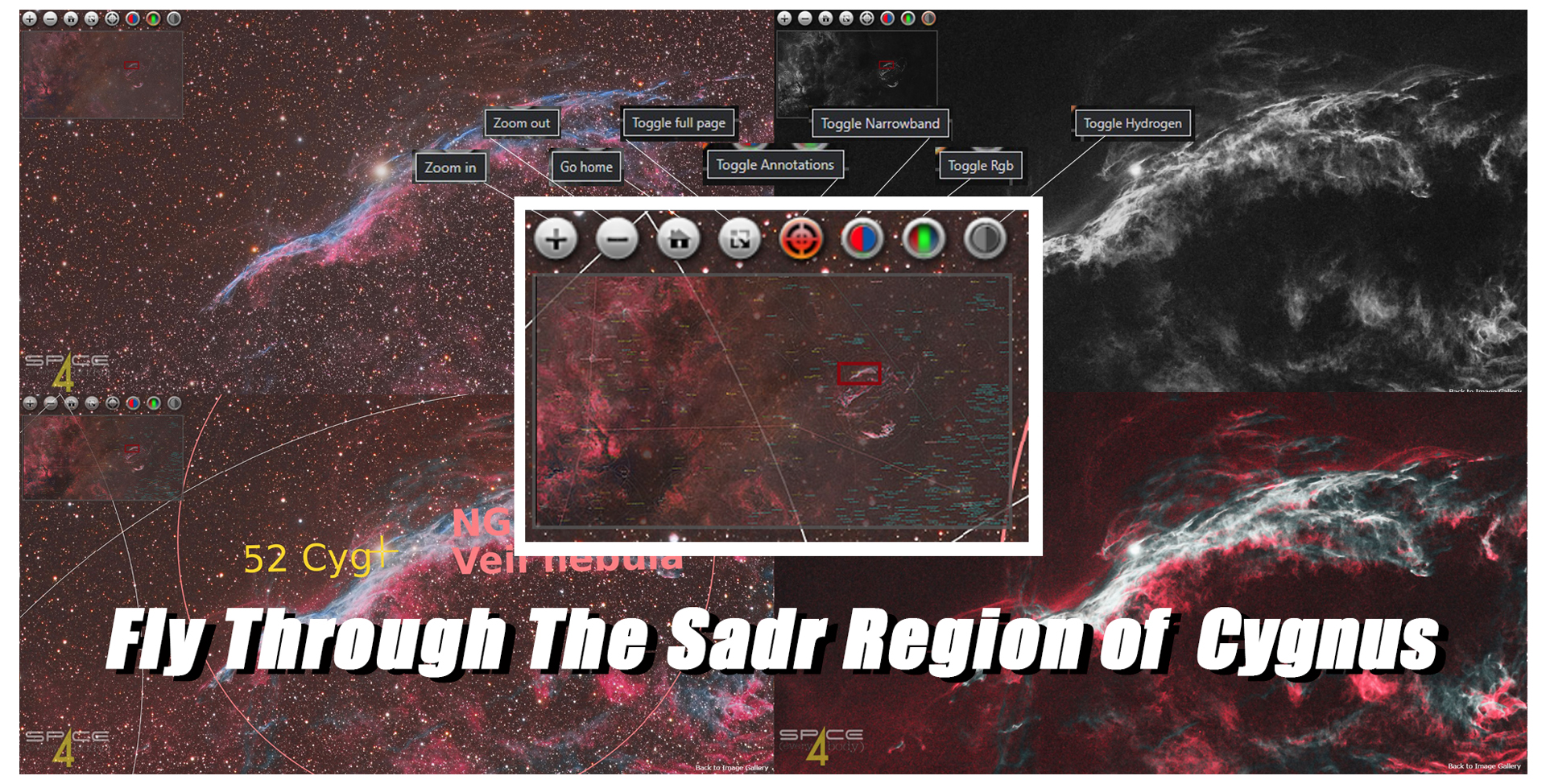
Sadr gets it’s name from Arab culture. Officially, “Chest” in Arabic, as it lies at the very heart of the constellation Cygnus. It resides just inside the Summer triangle. While not officially a star of the popular asterism, it resides just underneath Deneb and to the right, in the base of the triangle.
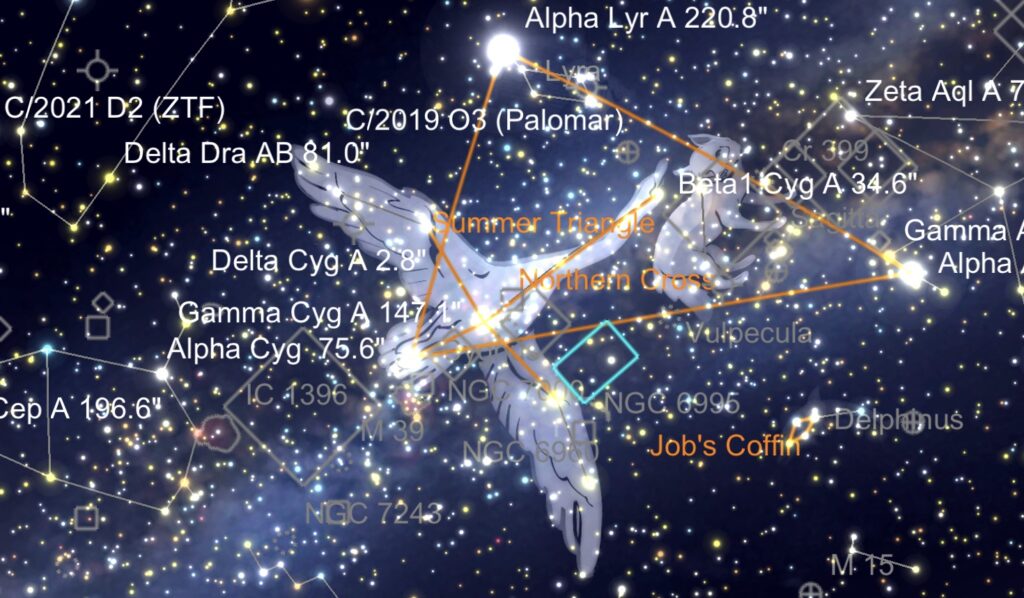
It’s an interesting area, full of dark stringy nebula and named stars. For my plate solve, I chose only magnitude 7 or greater so as not to inundate the information. Blue and gold stars reach across our own Milky Way galaxy and proceed from the top to the bottom on the right side of the image.
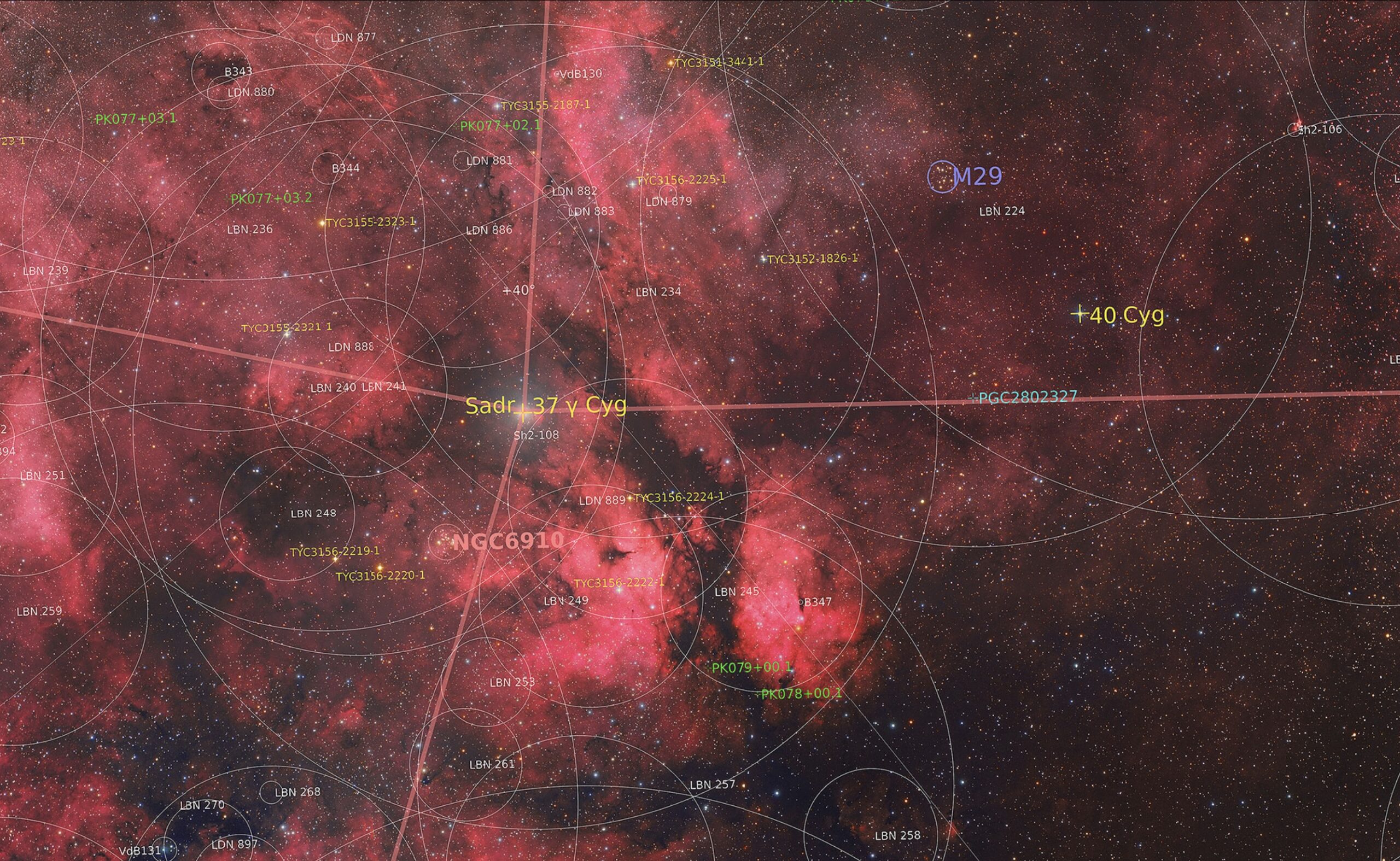
Proceeding from the Orion-Cygnus arm of our galaxy, we come to a very peculiar brain-shaped nebula, the Crescent Nebula. It owes it’s shape and existence to the extremely hot star at it’s center- WR 136. A Wolf-Rayet star is known for it’s fierce stellar winds and ejection of all outer materials, fusing helium or heavier elements at it’s core. It leaves an impression. Just underneath and to the right of the Crescent, you’ll find what many astronomers call the Soap Bubble. Named for its appearance as well, the faint circular nebula is almost invisible in the broadband channels.
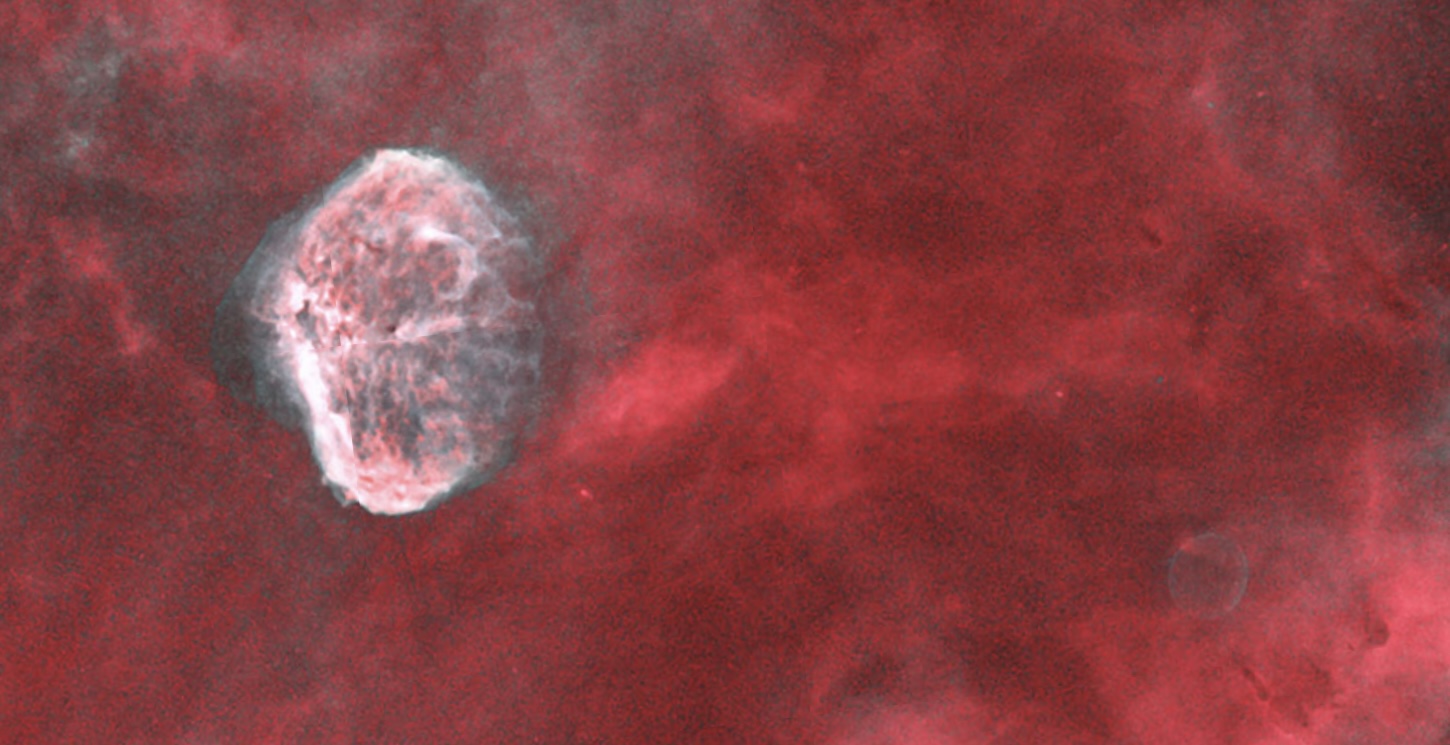
Northeast of the Crescent nebula reveals another faint structure, this time with no catchy name I am aware of, a Wolf-Rayet structure as well, WR 137. It appears prominently in my oxygen data as a blue-ish circle. While I am fortunate to have excellent equipment and skies to image, these structures still require considerable integration. Resembling a clock face, WR 137 shows the stripped remnants of a once hot star’s outer shell material. To see my acquisition and integration details, click here for my ASTROBIN page.
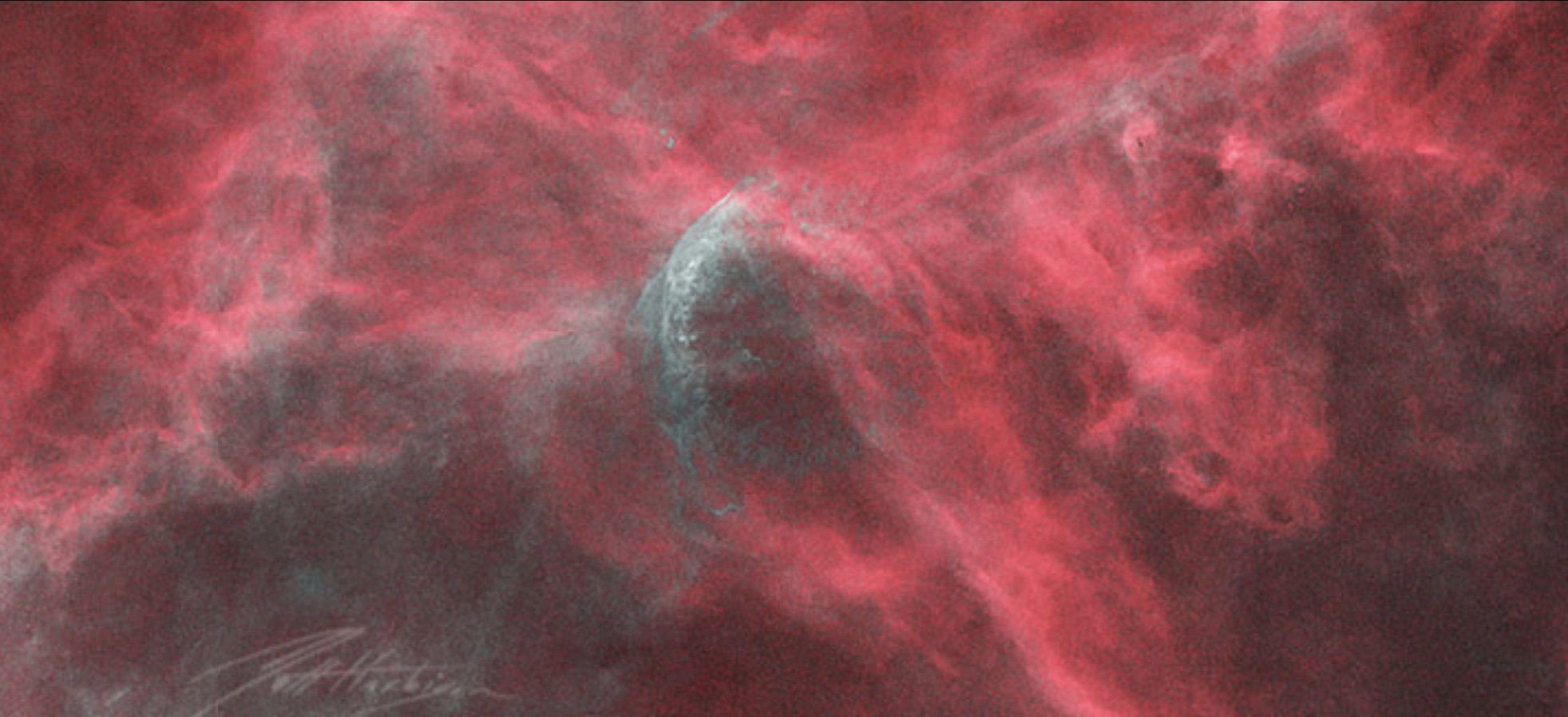
As you move right and away from the disk of the Milky Way, the space becomes less dense, until your eyes make contact with the massive Cygnus Loop. Remnants of an exploded star, the Cygnus Loop contains the ejected material from an ancient supernova. I would love to see the Loop from another angle as I find it absolutely fascinating. Its winding structure invites speculation as it appears to be falling in the wind.
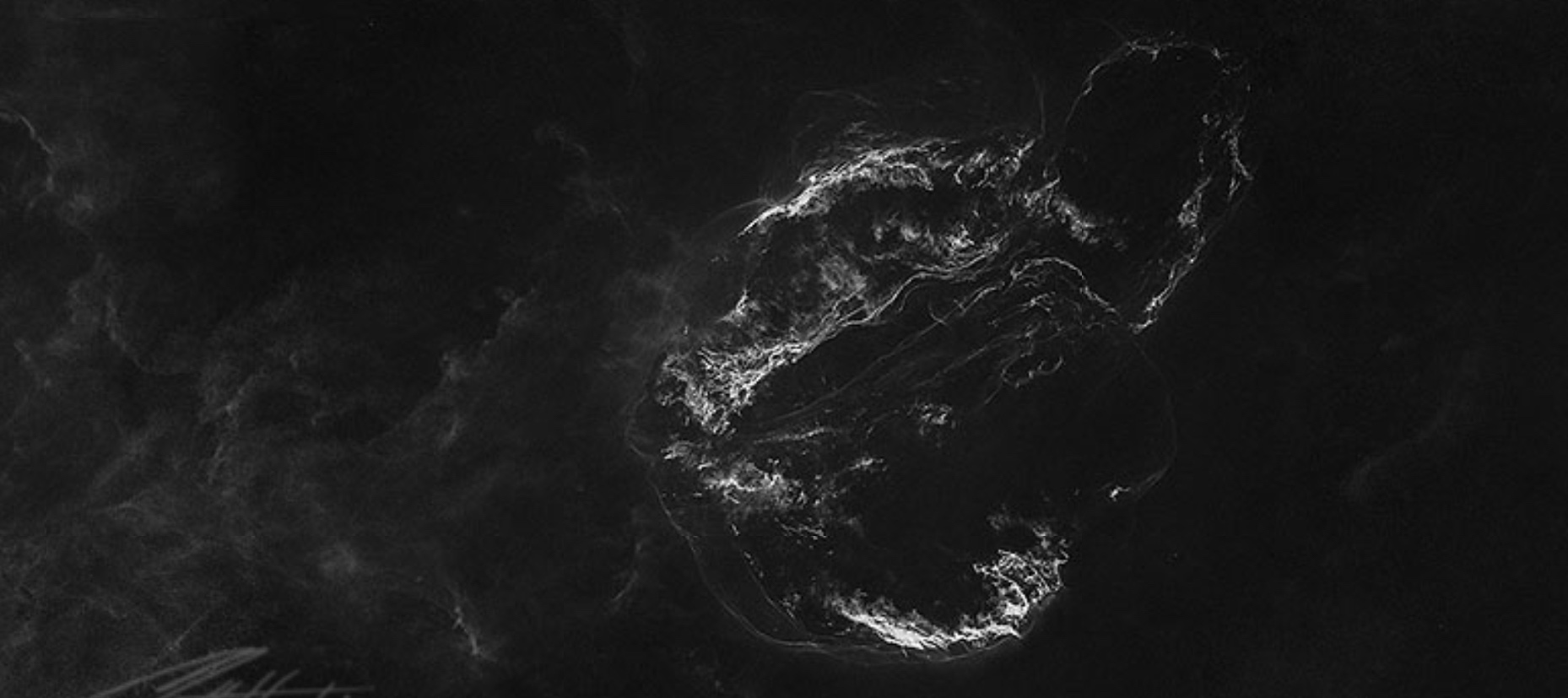
Amongst the stellar backdrop, I think the most fascinating thing is just how close it is in proximity to our own Solar System. We aren’t looking across the expanse to another galaxy, we are looking at our OWN galaxy. With parts of the Cygnus region as close as 70 light years away and other areas as far away as 2600 light years. It is still relatively close, astronomically speaking. It is all so fascinating to me.
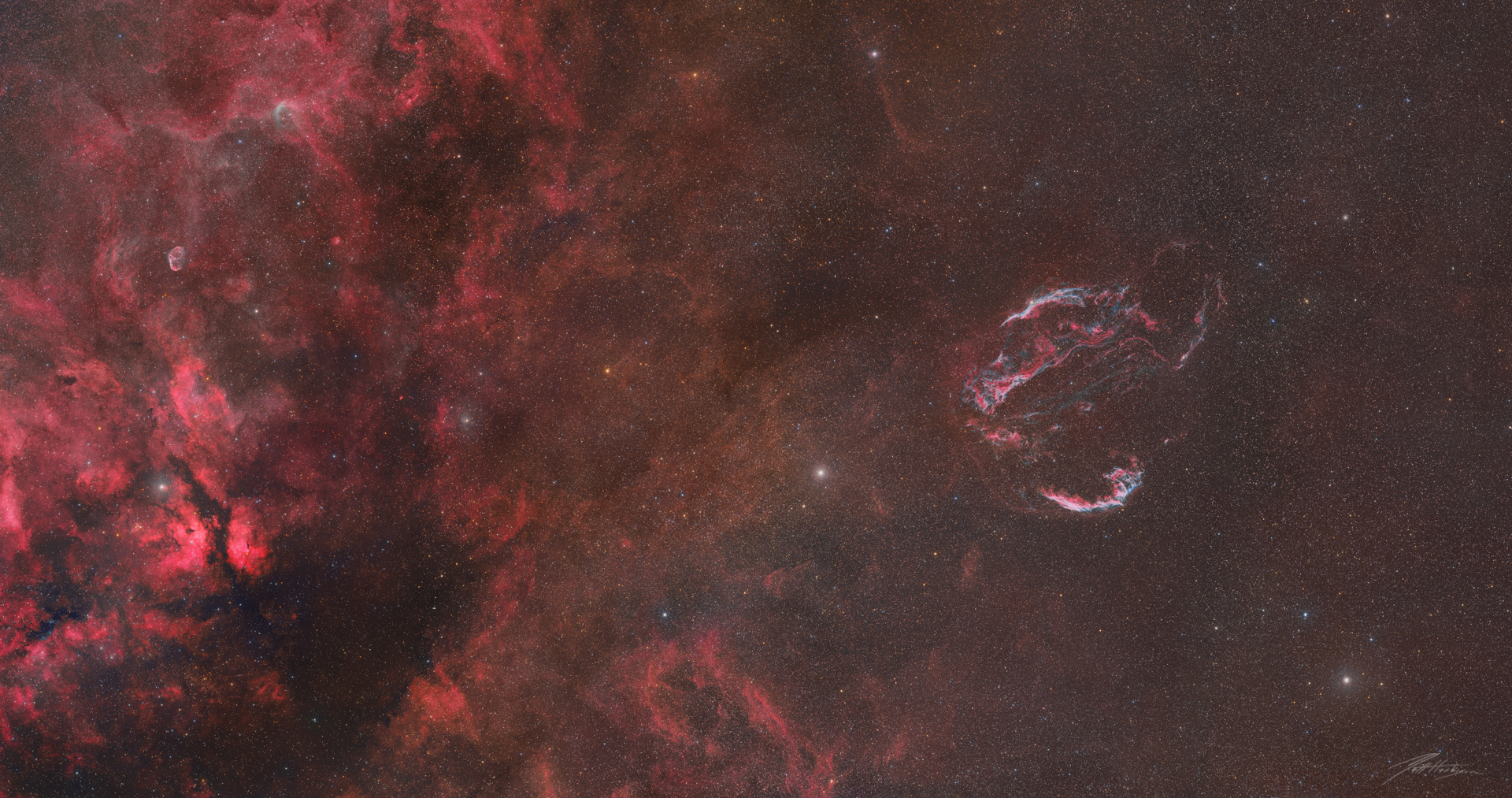
I hope you spend some time lost in this space, looking at these stars, their distances, the magnitudes, and the multiple nebula. I hope the contrast of this expanse against our tiny planet home create a sense of awe in you, as it did me.
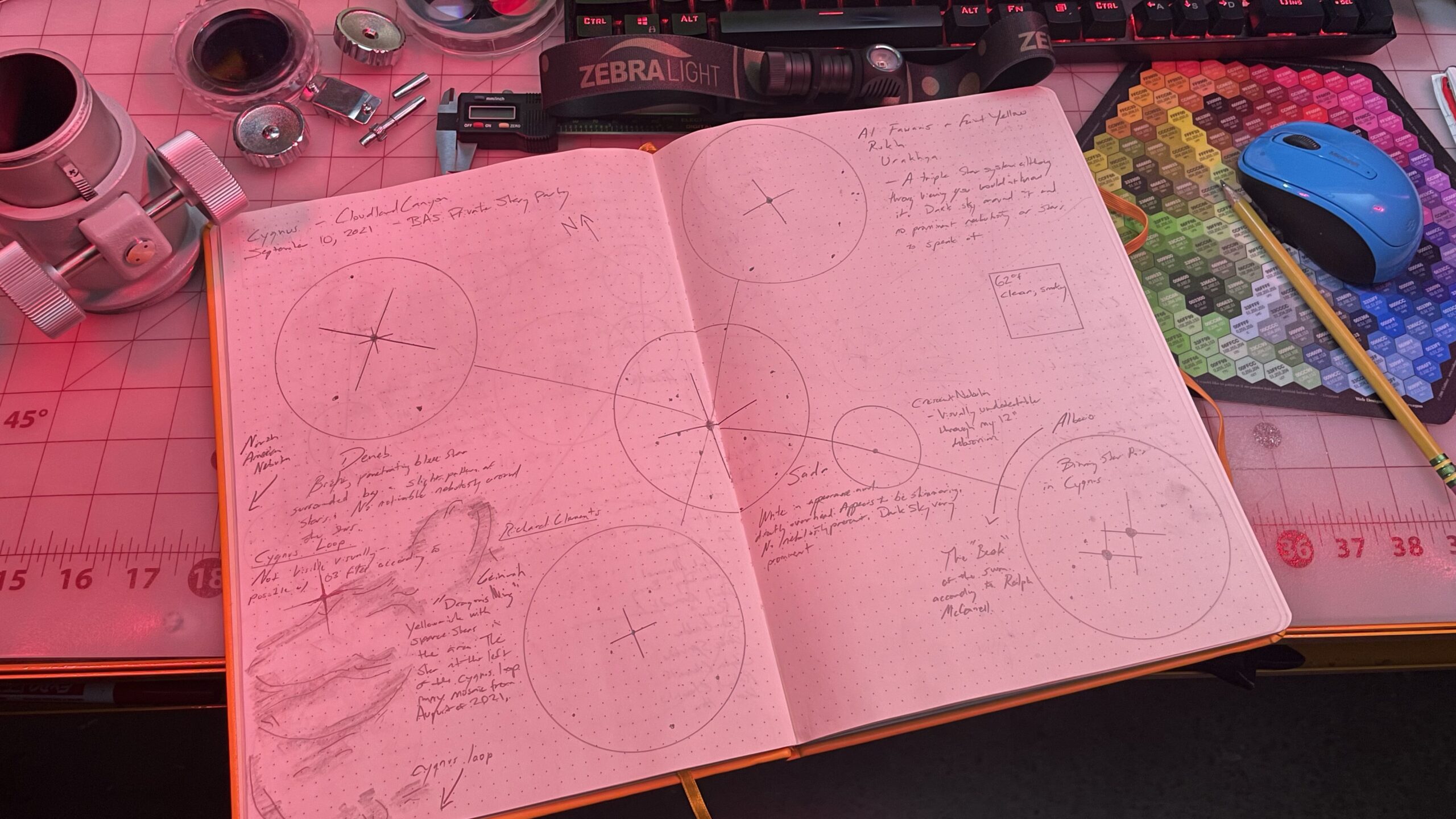
Whatever it does, I hope it moves you. I had all these questions and wonder come to me as I looked up. In fact, as I observed them through my telescope, it moved me to capture it and share it with you.
I hope you share it also!
PURCHASE A PRINT
If you would like to purchase a print of the mosaic- go here to my online store.
Cygnus- Sadr region with Cygnus Loop by Matt Harbison
Cygnus- Sadr region with Cygnus Loop is a photograph by Matt Harbison which was uploaded on December 5th, 2021. The photograph may be purchased as wall art, home decor, apparel, phone cases, greeting cards, and more. All products are produced on-demand and shipped worldwide within 2 – 3 business days.
Thanks for looking!
matt
